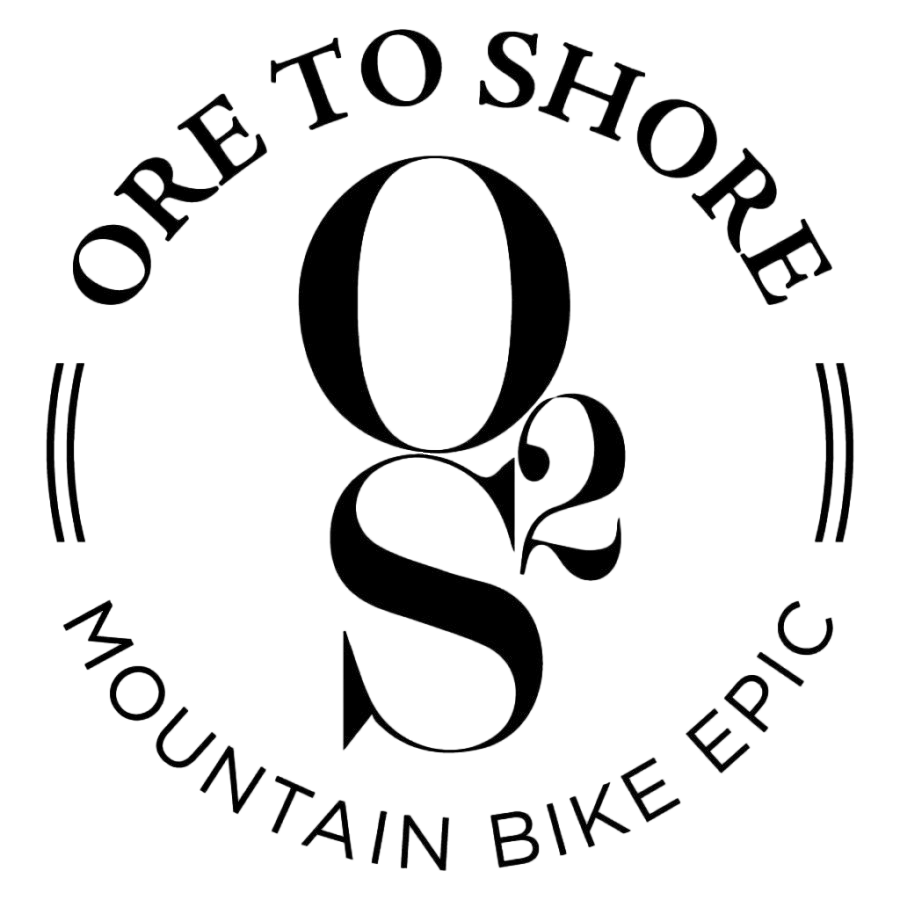O2S History
Scott Tuma, O2S race director, attributes the success to a combination of factors. “First, I think it’s our geography. We have great terrain here in Marquette County. It’s not flat by any means, but it’s not as undoable as the Colorado Mountains either. We are lucky to have Lake Superior as a backdrop providing magnificent views as racers descend practically 1,000 feet over the course of the trail. Sometimes I know it doesn’t seem like it, especially at Kirby’s Hill, but from 20 or so miles out, you’re on a gradual decline towards the lake for the duration.”
Tuma continues, “Secondly, we’ve designed a course that’s interesting to all levels of riders. We’re attracting some of the Mid-West’s top riders who enjoy the challenge of the 48-mile course, but we are also attracting riders for the 28-mile race & mile race who have never before entered any race. They feel comfortable enough knowing that there is support on the trail, that the trail isn’t too technical and that they can ride for their own personal enjoyment.”
The O2S is a point-to-point race, with riders gearing up at the start line in Negaunee, where in 1844 iron ore was first discovered in the Superior region. The long distance course travels through Ishpeming, past towering head frames from the heyday of underground mining, and then heads north into the beautiful wooded wilderness, crossing or running along side of the Dead River all the way into Marquette to the Lake Superior shoreline. The shorter race also starts in Negaunee, but immediately turns north and then east towards Marquette. The two courses merge six miles north of Negaunee and the soft rock riders get to experience the same Dead River and Superior overlooks as well as the same finish line. The 28-mile Soft Rock and 48-mile Hard Rock races offer a challenge for every level of rider. The outstanding support by hundreds of volunteers makes racing and riding the course an outstanding experience.

